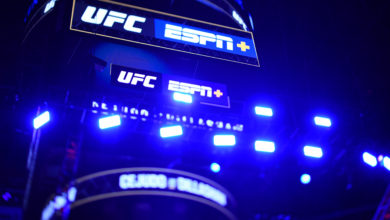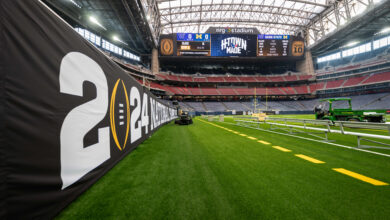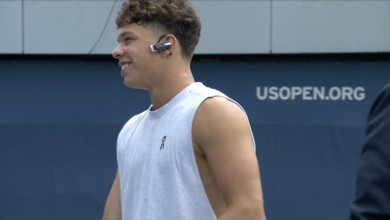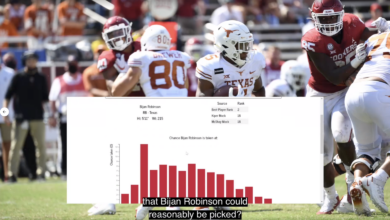SportsCenter’s new home is the pinnacle of innovation for ESPN Technology
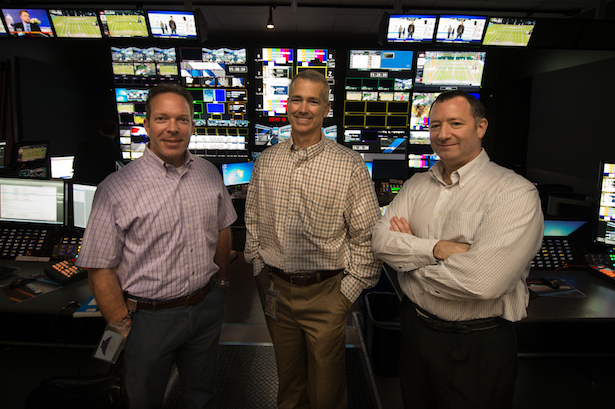
Since its debut on the 11 p.m. ET, June 22 SportsCenter, the new home for ESPN’s signature show has been flexing its technological muscle on a daily basis. Digital Center 2’s 10,000 square-foot Studio X is a television marvel thanks to the tireless dedication of dozens from the ESPN Technology team. From the set’s 114 monitors to the new graphics and animations packages, the new SportsCenter is a truly remarkable piece of television, especially considering more than 85 percent of the core technologies in DC-2 didn’t even exist before before ESPN created them or had them created.
A core team of Vice President, Technology and Engineering Mitch Rymanowski; Mark Augustine, principal systems analyst; Jay Guite, director, Technology program management; Dave Johnson, senior director, Engineering and Transmission; and Jonathan Pannaman, senior director, Engineering, spent three years on the project, culminating with eight intense months of installation and testing.
“Initially, we broke the program down into almost 40 unique and manageable components, while at the same time began evaluating current workflows and gathering requirements for the new technical space,” Guite said. “Over time, working with Production Operations and Content Production, as workflow and technology decisions were made, we grouped the smaller components into seven large projects.”
For example, one team was assigned to oversee all components of the Production Control Room, which includes the video, audio and media control rooms, while another team was assigned to “everything SportsCenter Studio.”
“Because of preparation, teamwork and testing, there haven’t been technical issues,” said Pannaman, whose vision was leveraged to find new technologies to “future-proof” DC-2. “We implemented multiple redundancies to prevent any glitches.”
DC-2 – which also will be home to all NFL studio programming – has two redundant video/audio core routing rooms, which can process 120,000 signals simultaneously and a complete Internet Protocol infrastructure, making it easy to use content for digital platforms and products and allowing one router to supply video to all monitors in the building. The building is adaptable to 4K, 8K or whatever new technology moves to the forefront. It is flexible and fully integrated with ESPN’s production facilities around the world.
“DC-2 was built to easily accommodate new video formats as they develop,” said Johnson, who oversaw the systems engineering team that designed DC-2. “Every cable, monitor and piece of technical equipment was specified or influenced by ESPN’s engineering team. ESPN’s in-house technology team designed and managed the installation of all technologies in DC-2.”
“The endeavor was a success because of a tremendous team effort,” said Guite. “So many colleagues worked tirelessly over the past two to three years. There was always a can-do attitude, which is critical when working with so many new technologies.”
Said Pannaman, “DC-2 is changing the industry and ESPN is driving the change.”


